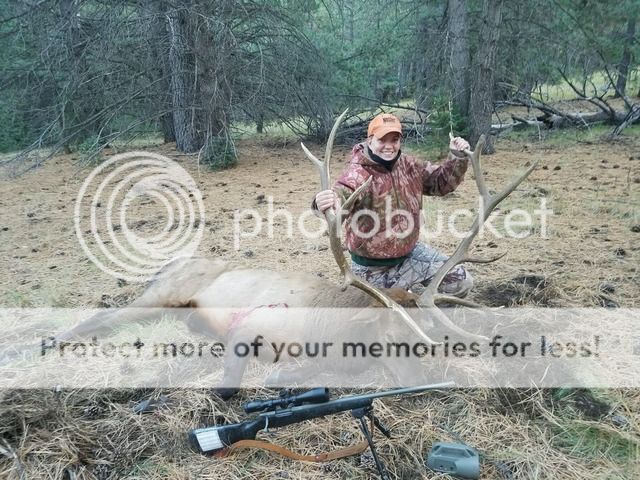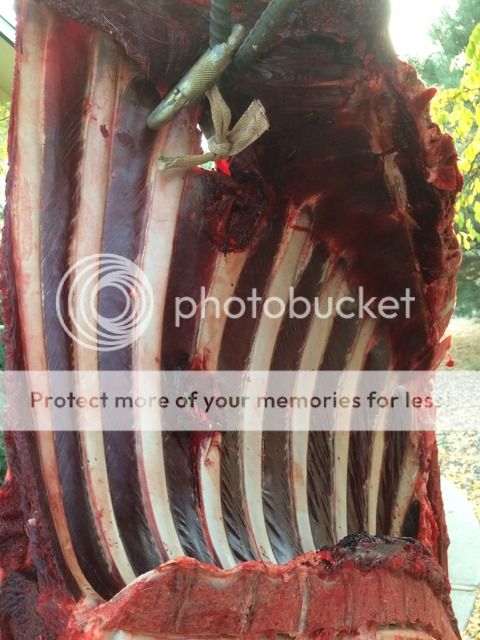Eleanor416Rigby
Member
I just read and watched a guy shoot an elk in the neighborhood of 70 yds 3 times in the shoulder area with 7mm magnum 160 gr. Nosler Accubond. The elk walked away and lay down to bleed out. Hunter claimed another elk at about 30 yds took two in the shoulder area and one in the neck area from a .300 win mag 180 gr. Nosler Accubond. Question for elk hunters: do you consider it "normal" to have to shoot one multiple times at close range to get it down? Clearly, the hunter wasn't under-gunned, so it had to be poor shot placement or poor bullet construction, right?
I have never shot anything the size of an elk; my granddad killed 17 of them in Colorado and usually with one shot in the lung area from a 25-06 or .300 win mag. (He reloaded, and I don't know what bullets he was using in the 1950s and 60s.) What gives?
I have never shot anything the size of an elk; my granddad killed 17 of them in Colorado and usually with one shot in the lung area from a 25-06 or .300 win mag. (He reloaded, and I don't know what bullets he was using in the 1950s and 60s.) What gives?












